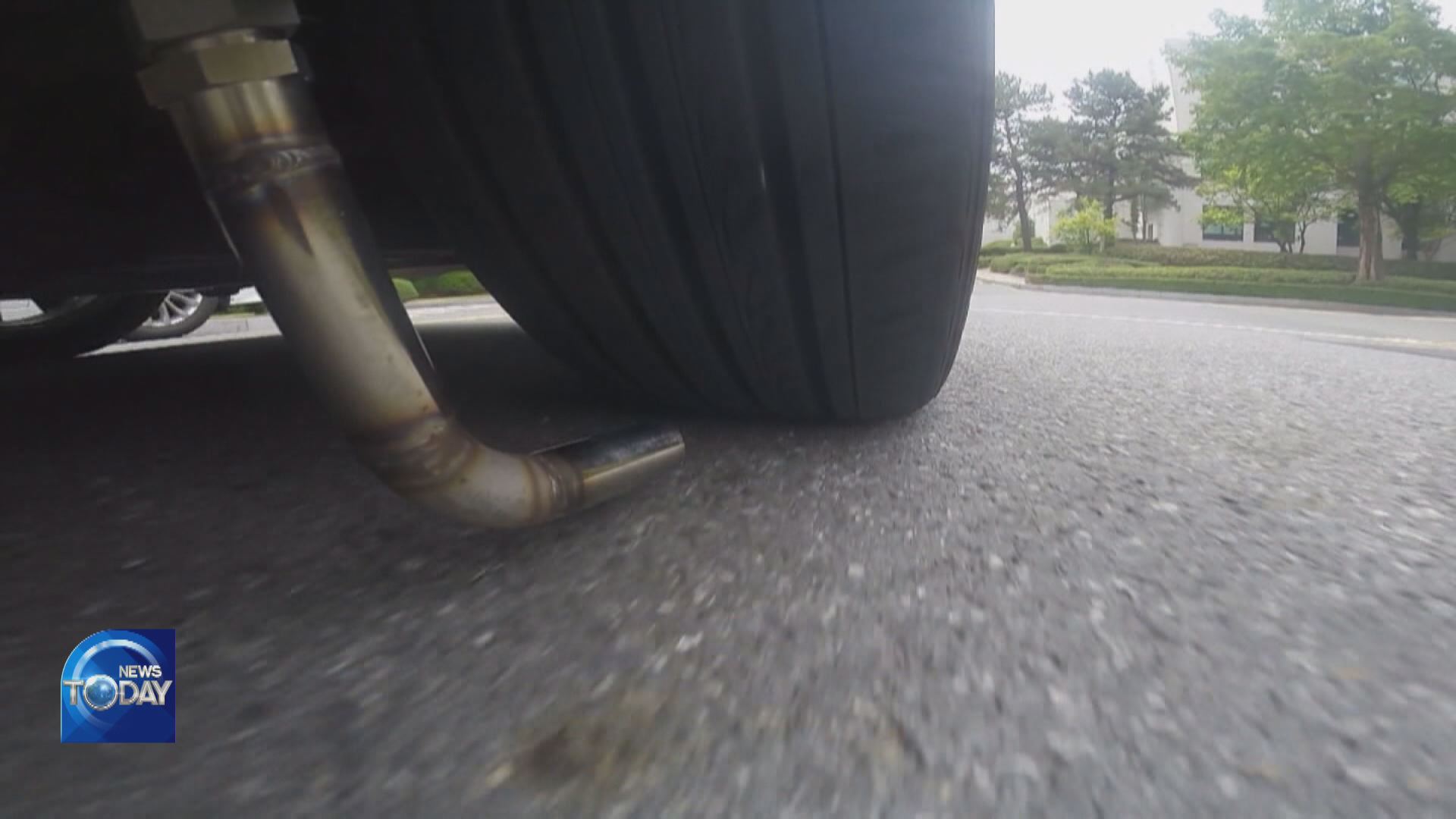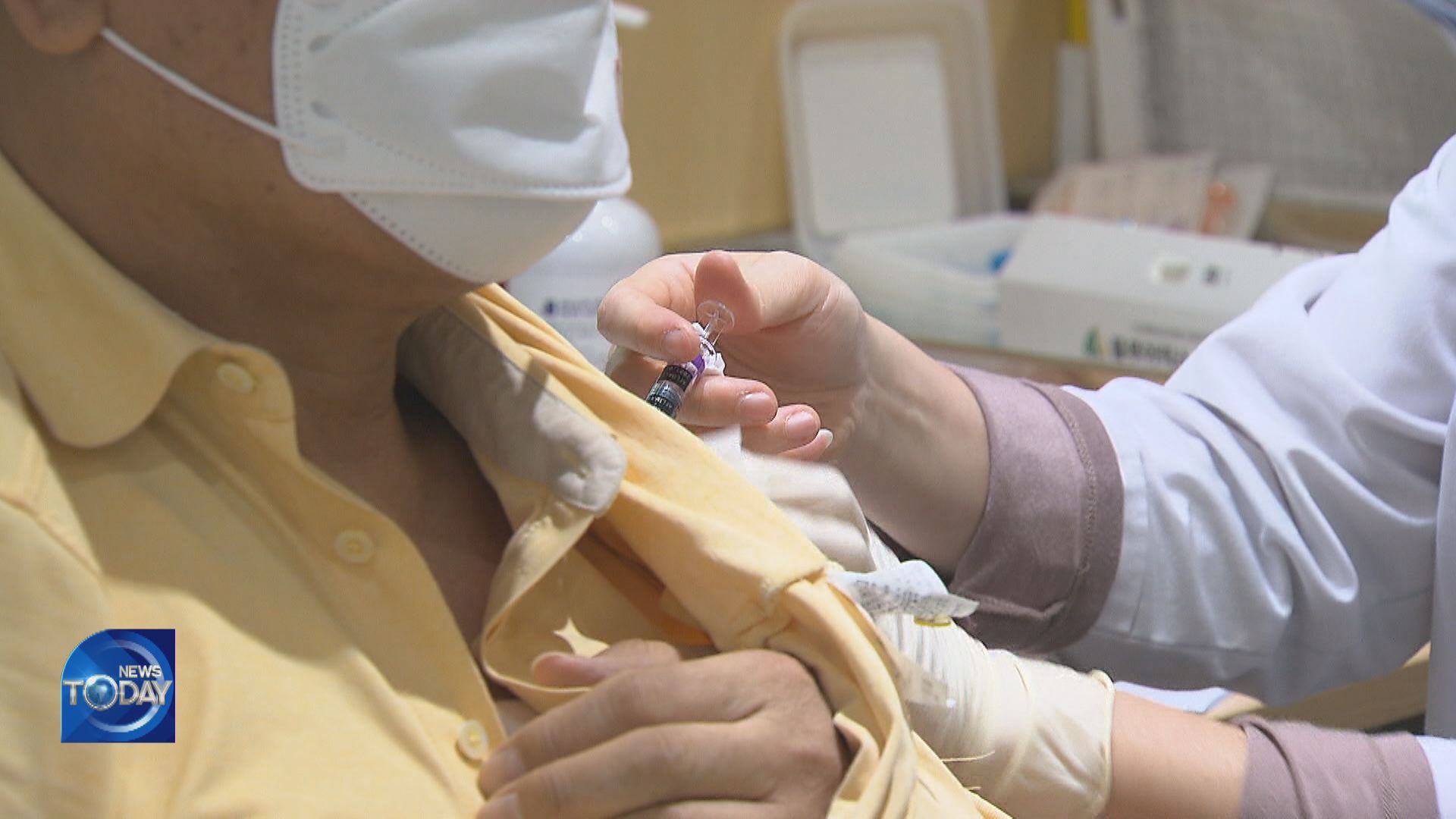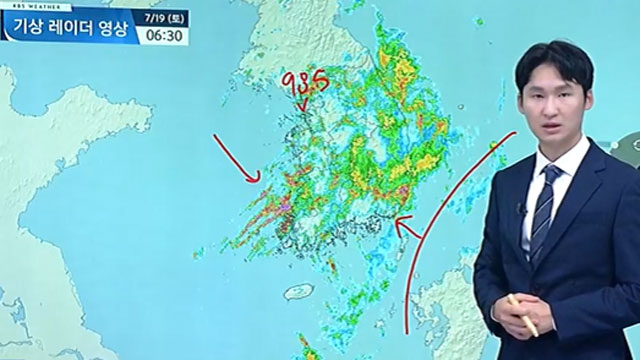MICRODUST BY CAR TIRES & ROAD ABRASION
입력 2022.10.11 (15:07)
수정 2022.10.11 (16:45)
읽어주기 기능은 크롬기반의
브라우저에서만 사용하실 수 있습니다.
[Anchor Lead]
Cars are often associated with exhaust fumes. But Korean researchers have found that more than 90 percent of microdust emitted during driving was produced by tire or road abrasion as well as dust on the roadside. Electric vehicles are no exception.
[Pkg]
A test of car tires moving on the road conducted by Korean researchers shows that as tires rub against the surface, dust piles up on the floor. So how much invisible ultra-fine dust is produced? A gasoline car produces 42mg of microdust per kilometer. Of that, 11mg is produced by tire and brake abrasion and road wear particles, respectively. Another 19mg is caused when cars step on the dust accumulated on the roadside. That's more than 97 percent of all ultra-fine dust particles emitted by vehicles. Only 1mg of dust was caused by exhaust fumes. There was not much difference with diesel cars. While electric vehicles emitted zero harmful exhaust fumes, they still produced 47mg of microdust, most of which was caused by tire and brake abrasion and road wear particles. So far the government's anti-dust policies were focused on exhaust fumes emitted by internal combustion engines. However, the latest research highlights the need for reducing microdust and exhaust fumes emitted while driving, including electric cars.
[Soundbite] Lee Seok-hwan(Korea Institute of Machinery and Materials) : "Current regulations address exhaust emissions only, but the Euro 7 may regulate ultra-fine particles from brake abrasion. So we’re trying to find ways to cut non-exhaust emissions in advance."
The researchers' next goal is to reduce microdust produced by tires and brakes.
Cars are often associated with exhaust fumes. But Korean researchers have found that more than 90 percent of microdust emitted during driving was produced by tire or road abrasion as well as dust on the roadside. Electric vehicles are no exception.
[Pkg]
A test of car tires moving on the road conducted by Korean researchers shows that as tires rub against the surface, dust piles up on the floor. So how much invisible ultra-fine dust is produced? A gasoline car produces 42mg of microdust per kilometer. Of that, 11mg is produced by tire and brake abrasion and road wear particles, respectively. Another 19mg is caused when cars step on the dust accumulated on the roadside. That's more than 97 percent of all ultra-fine dust particles emitted by vehicles. Only 1mg of dust was caused by exhaust fumes. There was not much difference with diesel cars. While electric vehicles emitted zero harmful exhaust fumes, they still produced 47mg of microdust, most of which was caused by tire and brake abrasion and road wear particles. So far the government's anti-dust policies were focused on exhaust fumes emitted by internal combustion engines. However, the latest research highlights the need for reducing microdust and exhaust fumes emitted while driving, including electric cars.
[Soundbite] Lee Seok-hwan(Korea Institute of Machinery and Materials) : "Current regulations address exhaust emissions only, but the Euro 7 may regulate ultra-fine particles from brake abrasion. So we’re trying to find ways to cut non-exhaust emissions in advance."
The researchers' next goal is to reduce microdust produced by tires and brakes.
■ 제보하기
▷ 카카오톡 : 'KBS제보' 검색, 채널 추가
▷ 전화 : 02-781-1234, 4444
▷ 이메일 : kbs1234@kbs.co.kr
▷ 유튜브, 네이버, 카카오에서도 KBS뉴스를 구독해주세요!
- MICRODUST BY CAR TIRES & ROAD ABRASION
-
- 입력 2022-10-11 15:07:42
- 수정2022-10-11 16:45:12

[Anchor Lead]
Cars are often associated with exhaust fumes. But Korean researchers have found that more than 90 percent of microdust emitted during driving was produced by tire or road abrasion as well as dust on the roadside. Electric vehicles are no exception.
[Pkg]
A test of car tires moving on the road conducted by Korean researchers shows that as tires rub against the surface, dust piles up on the floor. So how much invisible ultra-fine dust is produced? A gasoline car produces 42mg of microdust per kilometer. Of that, 11mg is produced by tire and brake abrasion and road wear particles, respectively. Another 19mg is caused when cars step on the dust accumulated on the roadside. That's more than 97 percent of all ultra-fine dust particles emitted by vehicles. Only 1mg of dust was caused by exhaust fumes. There was not much difference with diesel cars. While electric vehicles emitted zero harmful exhaust fumes, they still produced 47mg of microdust, most of which was caused by tire and brake abrasion and road wear particles. So far the government's anti-dust policies were focused on exhaust fumes emitted by internal combustion engines. However, the latest research highlights the need for reducing microdust and exhaust fumes emitted while driving, including electric cars.
[Soundbite] Lee Seok-hwan(Korea Institute of Machinery and Materials) : "Current regulations address exhaust emissions only, but the Euro 7 may regulate ultra-fine particles from brake abrasion. So we’re trying to find ways to cut non-exhaust emissions in advance."
The researchers' next goal is to reduce microdust produced by tires and brakes.
Cars are often associated with exhaust fumes. But Korean researchers have found that more than 90 percent of microdust emitted during driving was produced by tire or road abrasion as well as dust on the roadside. Electric vehicles are no exception.
[Pkg]
A test of car tires moving on the road conducted by Korean researchers shows that as tires rub against the surface, dust piles up on the floor. So how much invisible ultra-fine dust is produced? A gasoline car produces 42mg of microdust per kilometer. Of that, 11mg is produced by tire and brake abrasion and road wear particles, respectively. Another 19mg is caused when cars step on the dust accumulated on the roadside. That's more than 97 percent of all ultra-fine dust particles emitted by vehicles. Only 1mg of dust was caused by exhaust fumes. There was not much difference with diesel cars. While electric vehicles emitted zero harmful exhaust fumes, they still produced 47mg of microdust, most of which was caused by tire and brake abrasion and road wear particles. So far the government's anti-dust policies were focused on exhaust fumes emitted by internal combustion engines. However, the latest research highlights the need for reducing microdust and exhaust fumes emitted while driving, including electric cars.
[Soundbite] Lee Seok-hwan(Korea Institute of Machinery and Materials) : "Current regulations address exhaust emissions only, but the Euro 7 may regulate ultra-fine particles from brake abrasion. So we’re trying to find ways to cut non-exhaust emissions in advance."
The researchers' next goal is to reduce microdust produced by tires and brakes.
이 기사가 좋으셨다면
-
좋아요
0
-
응원해요
0
-
후속 원해요
0

















이 기사에 대한 의견을 남겨주세요.